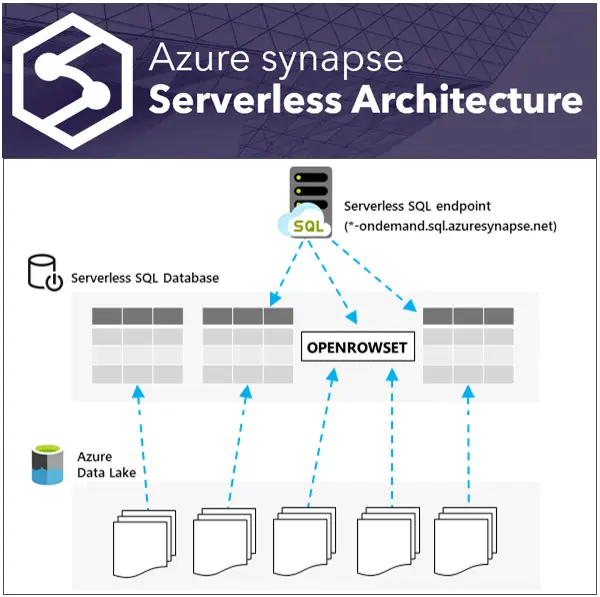Azure Synapse Analytics, the next evolution of Azure SQL Data Warehouse, has taken the BI world by storm since originating in November 2019. Consulting firms are shifting their attention to a Serverless SQL Pool architecture which enables them to offer their clients a mature and performant logical datawarehouse, providing the possibility to store structured as well as unstructured data, for only a few pennies on the dollar (pay-for-what-you-use) as opposed to other prevalent technologies.

However, this shift does not present itself without any challenges. Serverless SQL & Spark Pools bring a new way of cooking up syntax and best practices with regards to Continuous Integration and Continuous Deployment (CI/CD).

These days, when even Chat GPT is not able to come up with a helpful answer, you know you struck gold for a useful article. That is why, in this article we will address:

When deciding how to implement CI/CD in ASA, the main consideration can be summed up as: ‘To YAML or not to YAML’.
In other words, you should ask yourself whether you would prefer to develop your CI/CD pipeline solely based on code (i.e., ‘To YAML’) or whether to use the DevOps Releases User Interface (i.e., ‘Not to YAML’). Both come with advantages and disadvantages.
In this CI/CD scenario, a YAML file contains all the necessary instructions as code for packaging the artifacts and deploying them to an environment of choice.
An example of such a YAML file can be found via the publicly available GIT repo from Ryoma Nagata (Microsoft MVP) in which we can find the ‘azure-pipelines-ci-cd-synapse-artifacts.yml’ file.
Advantages of this approach are:
A disadvantage of this approach is that you need to understand the YAML language in order to make changes to the CI/CD workflow. With no prior experience with YAML, this can be challenging.
In this CI/CD scenario, we will not use a YAML script to describe our CI/CD workflow. Instead, we will add agent jobs and tasks in the Azure DevOps Pipelines & Releases components (user interface).
An advantage of this is that the CI/CD workflow can be managed visually by putting tasks in the right sequence in the user interface.
Disadvantages are that this setup:

Both approaches are valid alternatives to implement CI/CD on Azure Synapse Analytics. Choosing one of these boils down to your affinity and/or experience with YAML files and their perks.
Thanks for reading and enjoy your deploying!
The key differences include the handling of Synapse artifacts, which are not Resource Manager resources, and the lack of some ADF features in Synapse, such as Global Parameters and ARM parameter configuration capabilities.
The two main approaches are: (1) Code-based integration and deployment using YAML files, and (2) UI/Releases workflow using the Azure DevOps Pipelines & Releases components.
Advantages include faster setup time, versioning on the YAML file, and parameterization via .json files. However, it requires knowledge of YAML.
The UI approach allows visual management of tasks, which can be easier for some users. However, it takes more time to set up and lacks easy versioning compared to code-based methods.
The choice depends on your affinity and experience with YAML files. YAML offers more automation and version control, while the UI approach may be easier for those unfamiliar with coding.
Still have questions about how Cloubis
can help your business with data?